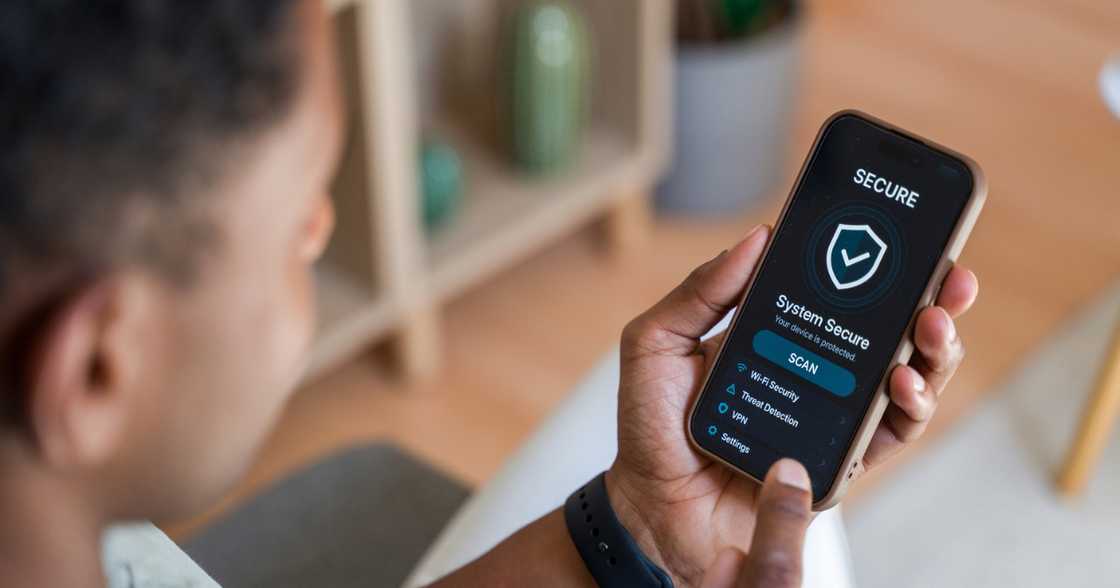Digital Footprint: Are You Giving Away Too Much? Essential Ways to Boost Your Online Privacy

Source: Getty Images
We’re all living in a hyper-connected world now, and every click, search, and purchase leaves a trail: our digital footprint. While this might seem harmless, this data paints a surprisingly detailed picture of who you are, what you’re interested in, and where you go. Ever since you created that first online account, you’ve been building this invisible portfolio. The big question we need to answer is: are we accidentally giving away too much, and what can we do to claw back control over our privacy?
It's vital to recognize that various entities are constantly tracking your activities. If your goal is to really keep your browsing private, you might consider using a Virtual Private Network (VPN). What does a VPN do? It encrypts your connection and swaps out your real IP address, routing everything through a secure, external server instead. Think of it as creating a private tunnel for your data, which means your internet provider and other bad actors can't easily see your activity or pin down your location. It's an easy step, but a very effective one, for protecting your most sensitive information.
Understanding Your Digital Footprint
Your digital footprint has two main sides: active and passive. The active footprint is the data you deliberately share, like posting on social media or filling out an online form. We know when we share a photo, but we often forget that this information becomes part of a permanent public record. The passive footprint is collected without you even realizing it. This includes location data gathered by apps, your browsing history tracked by cookies, and the technical metadata attached to your communications. This invisible, growing passive trail is often the greatest risk because it’s so easy to ignore.
The sheer volume of data being processed these days means tech companies are constantly seeking more efficient ways to handle it. The constant demand for quicker data analysis and better security is why we're always hearing about hardware leaps, like Intel’s new chip technology in the AI battle with Nvidia and AMD, designed to boost processing and security right down at the hardware level. But here's the thing: even the most cutting-edge tech can't totally protect you if you skip the basic, common-sense steps for managing your own privacy settings. Ultimately, safeguarding your data is an ongoing job that truly begins with the daily choices you make.
Practical Ways to Reclaim Your Online Control
You don't need to be a tech guru to secure your online life; all it takes is attention and consistency. One of the best things you can do is make it a habit to check and update the privacy settings on all your social media profiles and mobile apps. Only let people you truly trust see your personal information. Be very choosy about the permissions you approve for your apps. For example, does that simple weather app honestly need access to your microphone to work? If an app asks for unnecessary permissions, deny them.
Conclusion
Your digital footprint is essentially a dynamic, living history of your time online. Although you can't wipe the slate clean, you can absolutely manage its growth and depth. Don't treat privacy like a quick fix; it needs to be a consistent habit. When you remain aware of the information you share and apply these basic safeguards, you put yourself in control, allowing you to use the internet with much more confidence and safety.
Source: Briefly News

